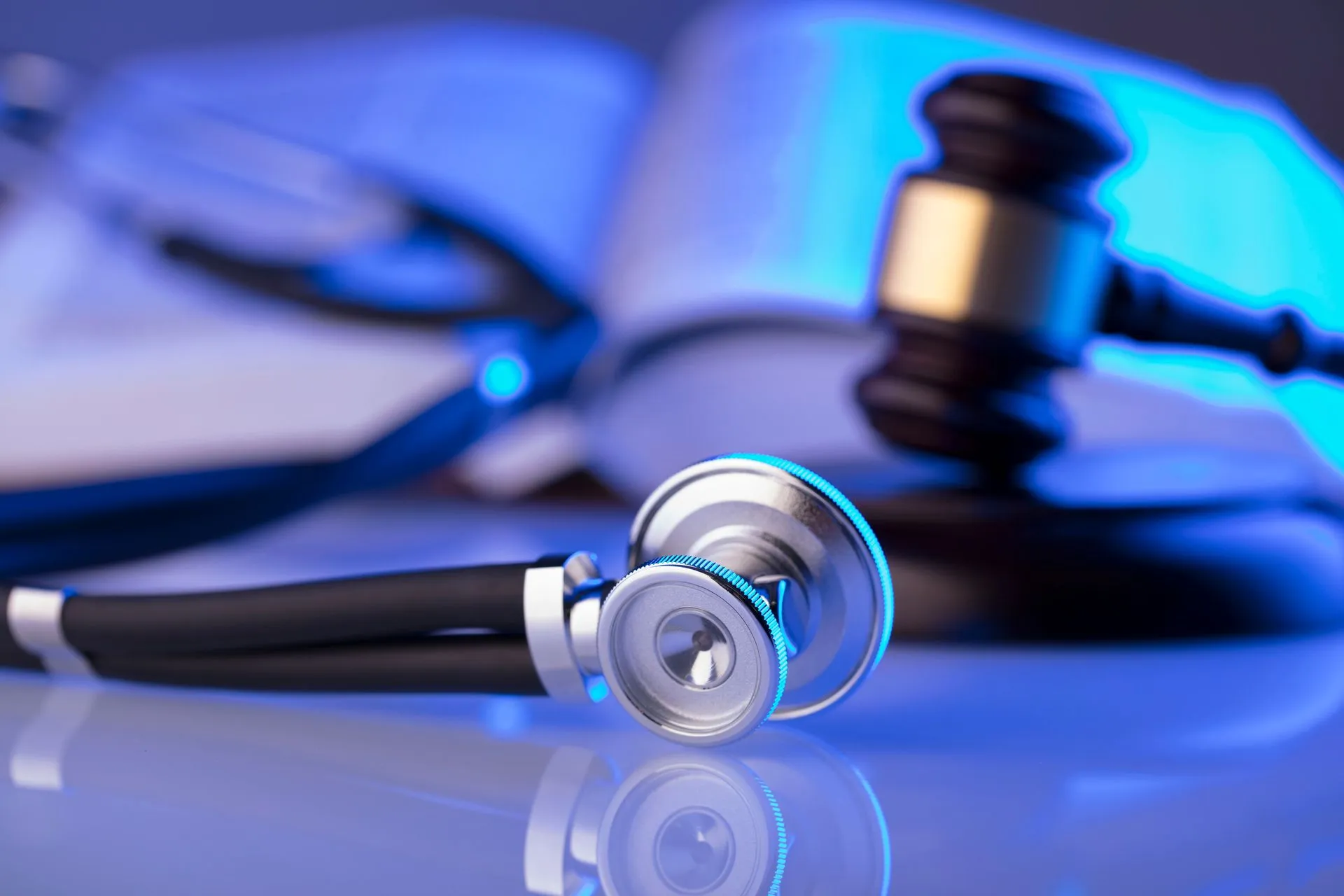
If you’ve been injured or are facing the wrongful death of a loved one, you may be entitled to a type of compensation known as pain and suffering.
These are damages that are calculated based on physical, emotional and mental pain and other potential non-economic, long-lasting effects of an injury.
There are two methods that are commonly used to value pain and suffering in personal injury cases in Ohio. They are:
- Daily rate method: A daily figure is assigned to your pain and suffering, and then it is multiplied by the number of days you endured said pain (usually the length of your recovery period).
- Multiplier method: This method takes into account the economic damages. A variable is assigned between one and five to assess your pain and suffering. The value of the economic damages is then multiplied by that variable to give you the amount of your pain and suffering settlement.
Pain and suffering can be difficult to value without the aid of an experienced personal injury lawyer and healthcare professionals. Oftentimes, it requires a team to accurately evaluate (and justify) an appropriate settlement amount.
What Counts as Pain and Suffering?
Pain and suffering are an assessment of the non-economic damages that come with traumatic events and injuries. They can include:
- Physical injuries
- Reduced life expectancy
- Physical limitations
- Mental health conditions, such as anxiety and depression
- Disfigurement
- Reduced quality of life
- Grief
- Emotional anguish
As long as the pain is proven to be directly caused by your injury, it may count towards pain and suffering. Evidence to help justify your pain suffering damages may include medical records, testimonies and the opinions of medical and psychological experts.
Pain and Suffering in Ohio Law
Ohio has a limit on the amount of compensation a person may receive under non-economic damages. The damage limit in Ohio is $250,000 or three times the amount of the total of your economic damages. The maximum for these is $350,000 per plaintiff and $500,000 per incident.
There are a few exemptions to Ohio damage limits. In these scenarios, injured people may be able to receive more than the standard cap for damages.
- If your injury resulted in you being unable to care for yourself
- If you have sustained permanent physical deformity
- If you have lost a limb
There’s also a statute of limitations in place for all types of damages, including pain and suffering. If you intend to seek damages for an injury, you have two years from the time of the accident to file a claim.
Pain and Suffering Settlement Examples
Pain and suffering settlements may be determined using the daily rate or multiplier method. Injuries, once accounted for, may increase pain and suffering settlement amounts in the event they cause lifelong disability.
Car Accident Pain and Suffering
If you get into a car accident, a pain and suffering settlement example may be claiming compensation for broken bones sustained during impact. Many factors will be taken into consideration along with the cost of treating the injury, such as:
- How the injury will affect your ability to perform everyday tasks
- Potential treatment for PTSD from the event
- Whether the loss of use of the limb will make it difficult for you to pursue hobbies, care for your children or participate fully in the things that give your life meaning and joy
The combination of these factors can result in a pain and suffering settlement claim if they are pursued with the help of a personal injury lawyer.
Medical Malpractice Pain and Suffering
In a medical malpractice case involving a drug overdose leading to wrongful death, a pain and suffering settlement example would be the damages for the loved ones of the person who died from the overdose.
When valuing the pain and suffering settlement in the wrongful death case, litigators may consider how the loved one’s lives will be impacted physically, mentally and emotionally including:
- Associated responsibilities of the person that now fall on the family, resulting in an emotional burden
- Grieving or other emotional distress
- Mental health support for depression
Cases That May Result in Pain and Suffering Settlements
Pain and suffering damages are possible in any situation where you or a loved one has been caused harm as a result of a dramatic injury or event and liability of an involved third party can be established. Cases we often see that result in pain and suffering compensation include:
- Auto accidents
- Medical malpractice
- Premises liability cases
- Defective products
- Drugs and medical devices
In extreme cases, dangerous and traumatic events may result in wrongful death. It may be in your best interest to consult with an experienced wrongful death attorney to determine how to potentially maximize your payment and evaluate options for recovery.
Pursuing Justice for People and Grieving Families After Injuries and Wrongful Death in Ohio
Money may not resolve the grief that comes with the untimely passing or severe injury of a family member, but it may lessen the financial burden that arises in wake of the accident. The Buckeye Law Group represents those who are suffering as a result of wrongful death, and we pursue fair compensation packages to help deal with the loss.
If you have concerns about making ends meet after a serious injury or wrongful death, contact us at 1-800-411-PAIN for a free case evaluation to see how we can help.
Was the Bus Properly Maintained? Mechanical Failure Claims
When Neglected Maintenance Leads to Tragedy Buses transport thousands of Ohio residents daily—students, commuters, and travelers alike. Passengers trust that these large vehicles are inspected, maintained, and safe to operate.
Private vs. Public Bus Accidents: What’s the Difference in Legal Process?
Understanding the Two Types of Bus Accident Claims When a bus accident happens, one of the first and most important legal questions is who owns and operates the bus. Whether
Your Legal Rights After a Botched Colonoscopy
When Medical Errors Lead to Serious Complications A colonoscopy is meant to diagnose and prevent disease, not cause new harm. But when performed incorrectly, this routine medical test can leave
Perforation After Colonoscopy: A Sign of Negligence?
When a Routine Procedure Turns Dangerous A colonoscopy is one of the most common diagnostic tools in modern medicine — a routine procedure performed thousands of times each day across
Ohio Highways and the Rise of Commercial Truck Crashes
Why Truck Accidents Are Becoming More Common — and More Dangerous Ohio’s highways — from I-71 and I-77 to I-80 and I-90 — serve as major arteries for commercial trucking
How Federal Regulations Impact Your Truck Accident Lawsuit
Understanding the Rules That Govern the Trucking Industry When a semi-truck causes a serious crash, most victims don’t realize that the trucking company’s liability extends far beyond the driver’s actions.
Filing a Claim After a Catastrophic Medical Mistake
When “Human Error” Has Life-Altering Consequences Catastrophic medical mistakes can devastate patients and families. From amputations caused by surgical errors to brain injuries from oxygen loss, these events often result
How Hospitals Fail Patients in High-Risk Situations
When Every Second Counts, Negligence Isn’t an Option Hospitals are meant to be places of healing and safety, especially for patients in high-risk situations — such as those undergoing emergency
Heart Disease Misdiagnosis: When Doctors Fail to Act
The Silent Killer That Doctors Overlook Heart disease remains the leading cause of death in the United States, and early detection is often the key to survival. Yet, thousands of
Cardiology Errors That Lead to Catastrophic Consequences
When the Heart Is Mishandled: The Hidden Dangers of Cardiology Negligence Cardiology is one of the most critical areas of medicine—where every second and every decision can mean the difference
